Restaurants, Customs and Etiquette
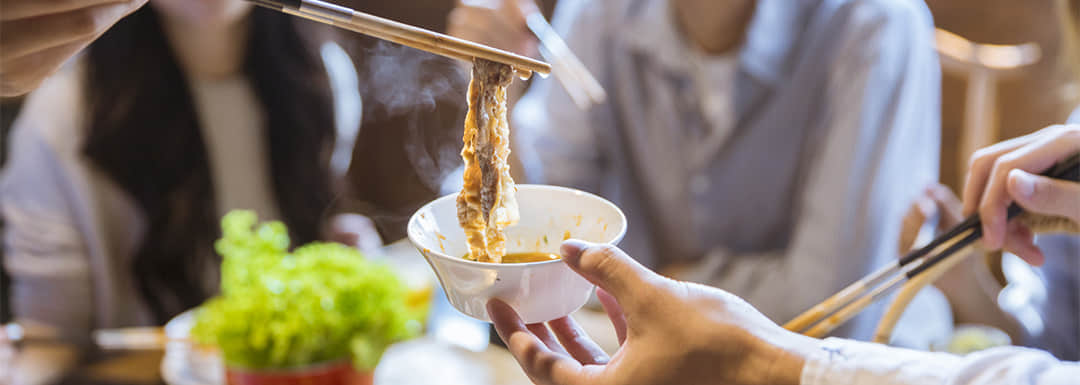
Watching a crowded Chinese restaurant filled with groups of people enjoying a meal together, with all of the jollity, loud talking, tables crammed with a variety of dishes, meat bones spat onto the table, and rowdy drinking games, westerners could be forgiven for thinking that there are no rules of etiquette, and that “anything goes”.
However, there is actually very strict etiquette, although it may be a little different from that which is familiar in the west. And visiting foreigners can be so overwhelmed by simply learning to master chopsticks use that they miss the beauty of what else is going on. So when you are invited to participate in a meal, whether a celebration or simply to welcome you, either hosted in a home or, more commonly, in a restaurant, there are some simple rules to help you relax and enjoy the occasion.
1. Arriving
Dress well as a sign of respect, and arrive on time. Relax as you remember that your host is on your side, and does not want you to fail or look silly because then they would lose face.
2. Taking the order
The Host takes charge of the food order: When eating in the restaurant, as a guest, don’t take the initiative to order, unless the host kindly invites you to. If so, you should take counsel with the host and the guest of honor, as well as considering everyone’s taste: You can order one or two popular dishes which might fit everyone. Local specialties and familiar dishes can be a priority.
Balance the portions: When you are the host, ordering dishes according to the number of guests is a general principle. Usually one dish per capita. If there are more men than women, you should add one or two more dishes. If the guests are more into drinking, the eating time may last longer, which requires more food. If there are children, you should order some food that fits them, usually nutritious and not spicy ones, stir-fried shrimp, steamed egg, shredded potatoes with vinegar sauce, and so on.
3. Seating
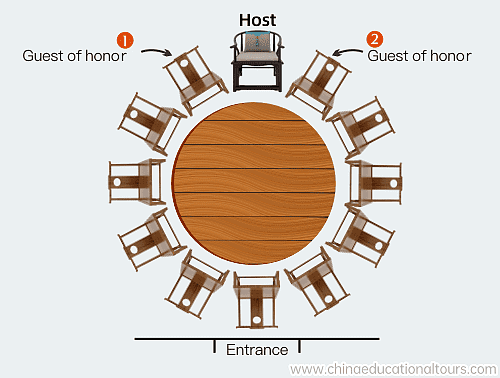
According to Chinese tradition, the highest seat is situated in the North facing the South. But in a virtual situation, the entrance is always regarded as the South regardless of its true direction, so that the seat facing the door is the host’s seat. The right hand side is considered to have more honor than the left. No matter whether it’s a square table or a round table, the highest placed guest is the one on the right hand side of the host, and after that it is the one on the left side.
So only choose your seat when and where you are directed to, and don’t take the highest guest’s seat unless the host tells you so. Likewise, wait for a sign from the host before starting eating or drinking. In an informal family reunion or friendly gathering, these etiquettes will not be so strict.
4. The table
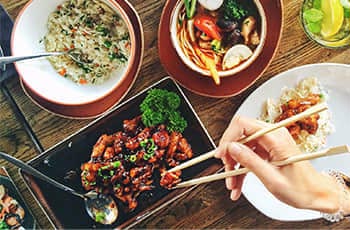
Most commonly the guests are seated around a large circular table with a central “Lazy Susan” turntable on which the communal dishes are placed. (And most likely your host will book a private room in a restaurant rather in the hurly-burly of the main room.)
There are individual place settings, each including chopsticks, soup spoon, teacup, large glass (for wine or water), small glass (for baijiu), tissues (in low end restaurants) or a napkin (in high end restaurants). The selection and ordering of the communal dishes is by a collective decision, or one person may order, and usually includes the restaurant specialty.
5. Chopsticks
Chopsticks can be a struggle the first time, and, if necessary, your host might offer you a spoon, but never a knife. (A small china spoon will be provided with your soup bowl anyway.) But out of respect you should at least make a valiant effort with the chopsticks, and never resort to using your fingers. Certainly never lick your fingers.
Also, don’t lick (sticky) food off your chopsticks. Be thoughtful how you handle your chopsticks, and only use them to pick up the small pieces of food and delicately place them into your mouth.
So don’t wave your chopsticks around and point them at someone. Don’t hit your cup or bowl with your chopsticks, don’t stir the food in the serving dishes with your chopsticks, and don’t dig through your food with your chopsticks searching for something. Don’t pass food from your chopsticks to someone, don’t drip sauce from your chopsticks, don’t pull your plate around with your chopsticks, and don’t hold your sticks together as you would grasp a knife.
All of those points should be obvious. Less obvious but very important is the rule about sticking your chopsticks vertically into your rice bow. This is because it reminds people of a grave site. Place them flat, on the little holder if one is provided.
6. Eating
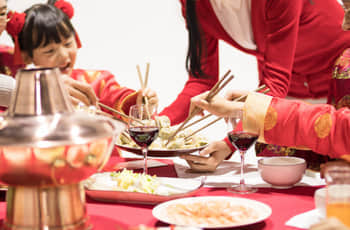
The dishes arrive, often quickly one after another, and are placed in the center of the table, and everyone helps themselves. You don’t have to taste everything, and you need to be considerate and not take too much of any one thing, and never take the last piece from a serving dish unless it is specifically offered to you.
Guests are usually served an individual bowl of rice, rather than helping themselves from a communal bowl. The bowl will be refilled as you require, but make sure that you don’t completely empty your final bowl to indicate to your host that you are satisfied. Put food from the center plates into your bowl on top of your rice. Don’t put too much food into your bowl at one time, and finish it before adding more.
You can lift your bowl up near your mouth, and use your chopsticks to push rice into mouth. Hold your bowl with a thumb on top and three fingers underneath. Observe other guests and copy. Likewise, slurping and belching indicates that the food tastes great – but observe and copy, and your host will appreciate your effort.
Don’t talk with your mouth full, and don’t eat any food that is dropped onto the table. Discard bones on the table next to your bowl – use your chopsticks to carefully remove them from between your slightly parted lips.
People don’t want to see the inside of your mouth. If you need to pick your teeth – which is perfectly acceptable – hold your other hand in front of your mouth as you do so.
More rules to follow in a formal meal:
- Eating starts when the host gives a sign, and always after the elders or seniors.
- Take food from the dishes in front of you. Don’t stand up to reach a dish faraway.
- Always put the communal spoon in each dish back and don’t use it as your personal one.
- Always turn the ‘lazy Susan’ turntable clockwise, and never turn it when someone else is picking up food.
7. Drinking

Drinking and toasting is a very important part of a Chinese celebratory restaurant meal. Don’t drink alone, rather wait for a formal toast to denote that drinking has begun.
When the toast is with wine, or beer, it will be a modest toast followed a sip. But when the toast is with baijiu, it is followed by ‘ganbei’ where you will drain the whole (small) glass – and it will be refilled immediately. Women are not expected to participate, but it is rude for men not to.
There is a sequence for toasting. Initially the host will toast the guest of honor, and then a guest is invited to toast the guest of honor, then the guest of honor proposes a return toast. You should not get overexcited and usurp the host’s role to toast everyone. When someone toasts you, stop eating and drinking and toast in response.
At the table, the one closest to the wine bottle or teapot should pour for others, starting with the most senior guest. A guest cannot pour his own tea or wine. If the teapot is near you, make sure the you do not point the mouth of the teapot at others.
8. Paying and Leaving
If must leave during a banquet, explain to the host and express your appreciation. Do not invite other guests to leave with you.
It is perfectly ok to argue for an opportunity to pay the bill, but always give in and accept hospitality because if you insist on paying it implies that the host cannot afford to pay. Don’t try to split the bill, as this never happens in China. And don’t try to tip, this is also not done in China.

OR
Are you eager to begin your Chinese cultural journey?
Drop us a line and we will promptly connect you with our leading China expert!
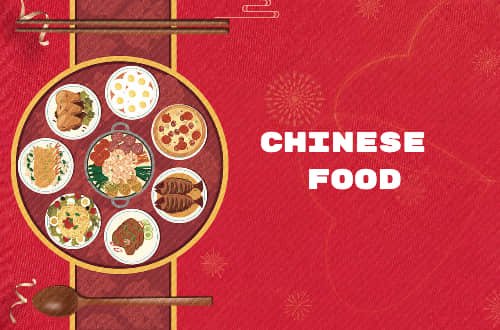 Chinese Food and Related Customs
Chinese Food and Related Customs  Regional Cuisines in China
Regional Cuisines in China 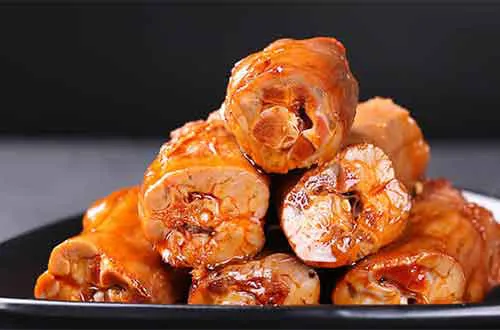 Meats in Chinese Food
Meats in Chinese Food 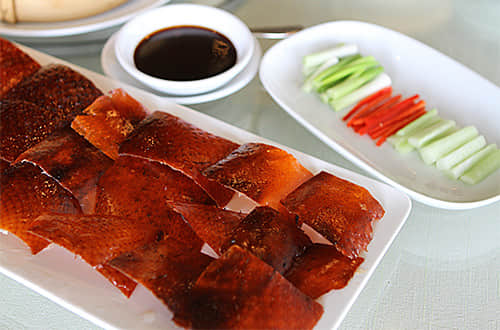 Beijing Foodie Tour
Beijing Foodie Tour